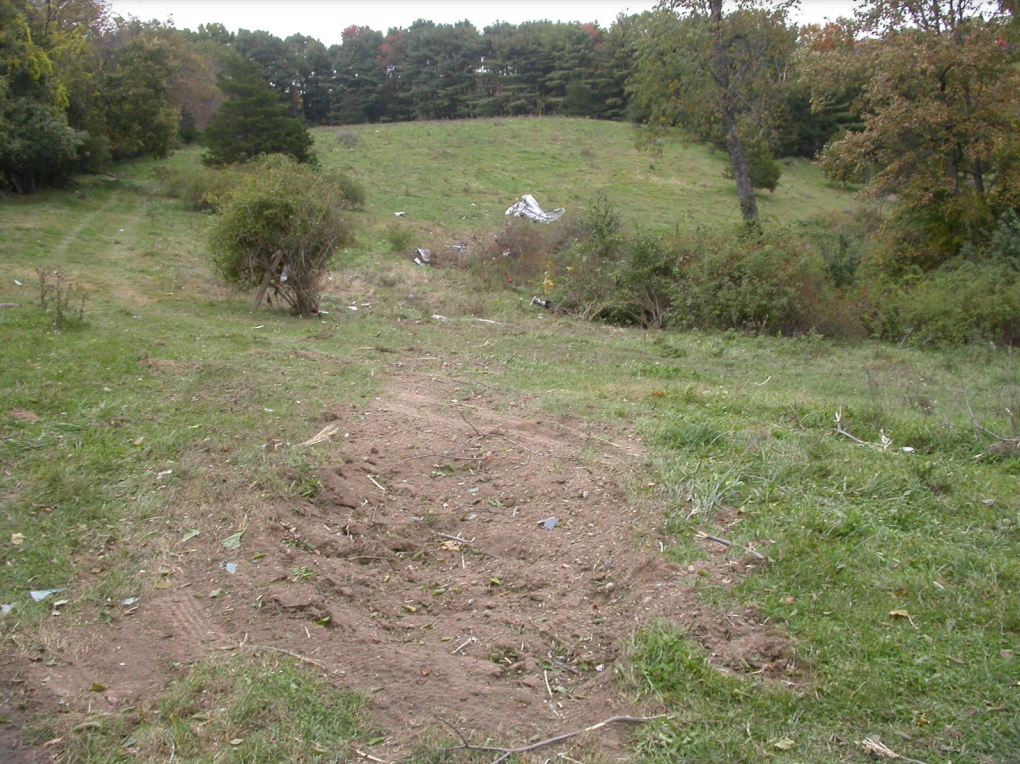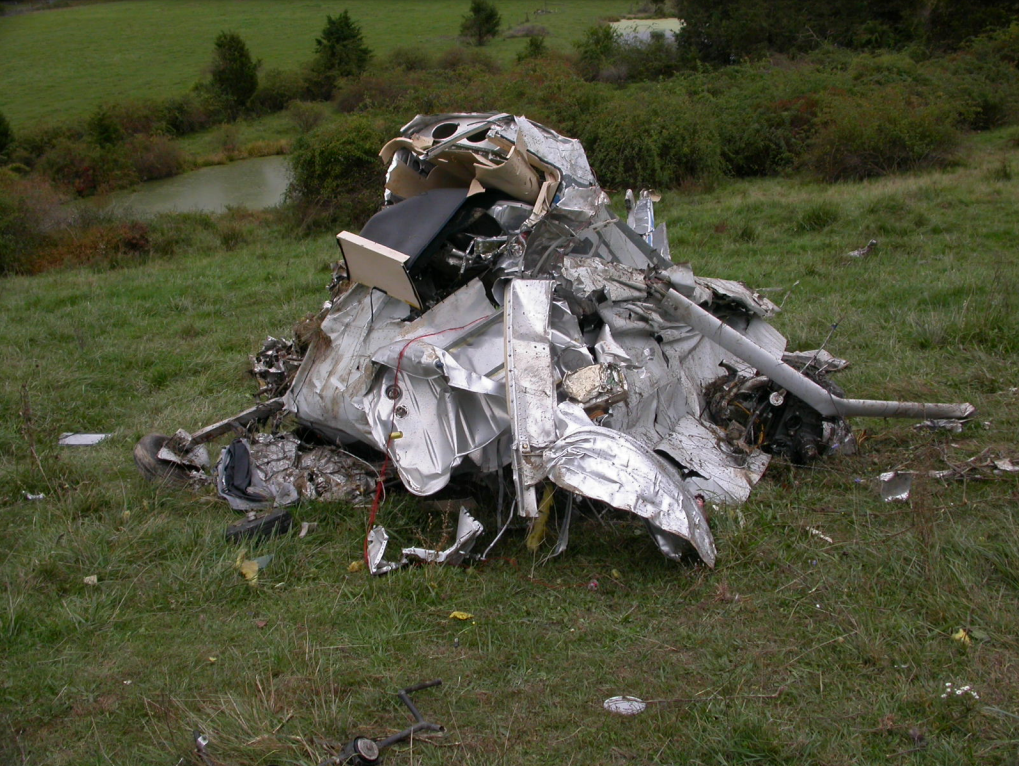
ASN Wikibase Occurrence # 44678
This information is added by users of ASN. Neither ASN nor the Flight Safety Foundation are responsible for the completeness or correctness of this information.
If you feel this information is incomplete or incorrect, you can submit corrected information.
| Date: | Sunday 10 October 2004 |
| Time: | 00:35 |
| Type: |  Cessna 172N Skyhawk |
| Owner/operator: | Fulco Flyers Club Inc |
| Registration: | N2771J |
| MSN: | 17273648 |
| Year of manufacture: | 1979 |
| Total airframe hrs: | 4194 hours |
| Engine model: | Lycoming O-320 |
| Fatalities: | Fatalities: 2 / Occupants: 2 |
| Aircraft damage: | Substantial |
| Category: | Accident |
| Location: | Germantown, NY -
 United States of America United States of America
|
| Phase: | Manoeuvring (airshow, firefighting, ag.ops.) |
| Nature: | Private |
| Departure airport: | Islip-Long Island MacArthur Airport, NY (ISP/KISP) |
| Fulton County Airport, NY (NY0) | |
| Investigating agency: | NTSB |
| Confidence Rating: |
On October 10, 2004, at 0035 eastern daylight time, a Cessna 172N, N2771J, was substantially damaged during a collision with trees, following a loss of control in cruise flight near Germantown, New York. The certificated private pilot and passenger were fatally injured. Night visual meteorological conditions prevailed for the flight that departed Long Island MacArthur Airport (ISP), Islip, New York; destined for Fulton County Airport (NY0), Johnstown, New York. No flight plan was filed for the personal flight conducted under 14 CFR Part 91.
Prior to departing on a round-trip flight, the non-instrument rated pilot telephoned a flight service station and received a standard weather briefing. The briefing included information about marginal VFR conditions for the proposed return trip; including increased cloud cover and scattered showers. VFR flight was not recommended for the return trip. After completing the first leg of the trip, the pilot again telephoned the flight service station. The second briefing included information about a slow moving cool front with poorer weather conditions north and west of the planned route, with the possibility of a shower or two along the route. At the time, one of the airports near the route was reporting marginal VFR conditions. The return flight was conducted at night, and proceeded uneventfully for approximately two-thirds of the planned flight. The pilot was receiving flight following, and asked the controller how high the clouds were, so that he could get out of them. The airplane then descended rapidly in a left turn and struck trees.
Probable Cause: The pilot's inadequate in-flight planning/decision which led to VFR flight into IMC and his loss of aircraft control. Factors were night and cloud conditions.
Accident investigation:
 |
|
Sources:
NTSB: https://www.ntsb.gov/_layouts/ntsb.aviation/brief.aspx?ev_id=20041015X01632&key=1
Location
Images:


Photos: NTSB
Revision history:
| Date/time | Contributor | Updates |
|---|---|---|
| 28-Oct-2008 00:45 | ASN archive | Added |
| 21-Dec-2016 19:24 | ASN Update Bot | Updated [Time, Damage, Category, Investigating agency] |
| 07-Dec-2017 18:29 | ASN Update Bot | Updated [Operator, Source, Narrative] |
Corrections or additions? ... Edit this accident description
The Aviation Safety Network is an exclusive service provided by:


 ©2024 Flight Safety Foundation
©2024 Flight Safety Foundation